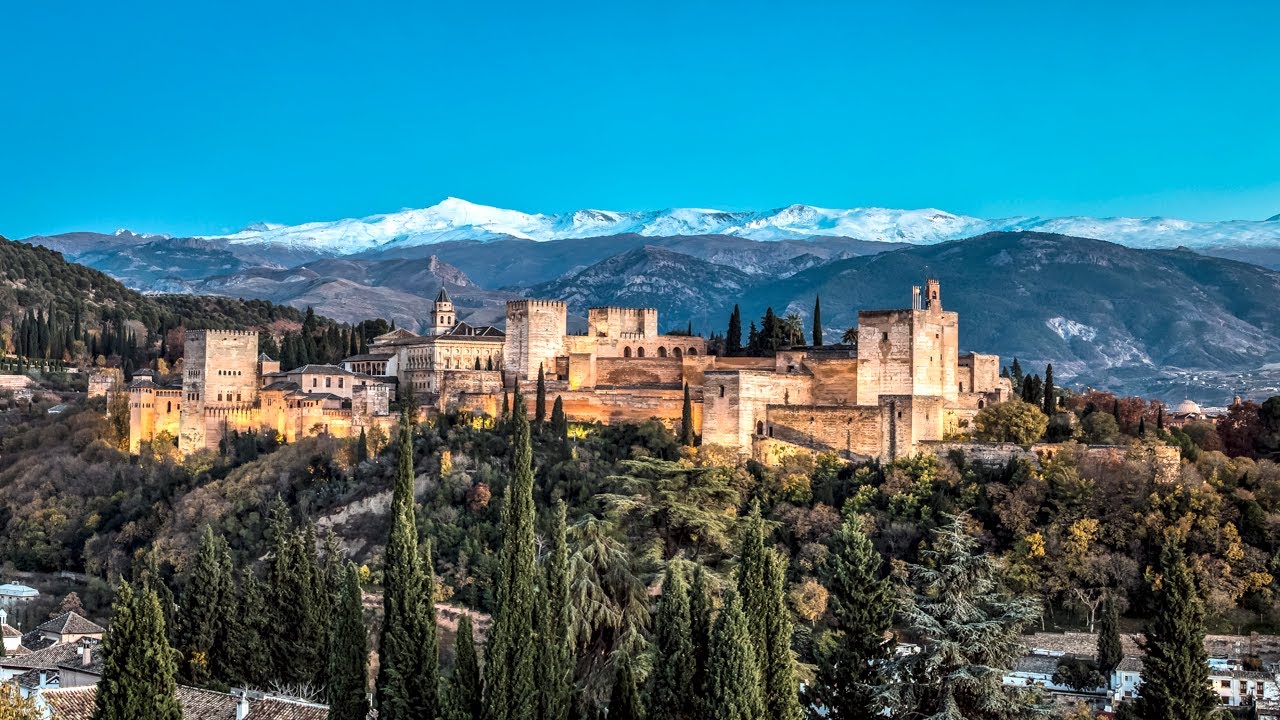GRANADA PROVINCE
Granada, one thousand and one
10 things you can’t miss in the province and city of Granada
The Alhambra is the first image that comes to mind when planning a visit to Granada. But the province and the city of Granada have many attractions besides the Nasrid palaces: from the Sierra Nevada National Park to the beaches of the Costa Tropical, through the landscapes of the Alpujarra and the hotels in cave houses. Here we uncover a different Granada for you so that you know what to see and do on your next trip to Granada.
1. Sleep in a cave hotel
Sleeping in a cave house is an experience that fully immerses you in the type of housing that is still home to more than 3,000 families in Granada. Dug from the bowels of the earth, these spaces are a magnificent example of the integration of man with nature and the landscape. You will feel totally at home in them, as they provide all the comforts required of a quality tourist establishment. In the regions of Guadix and El Marquesado and El Altiplano there are more than sixty of these unique hotels.
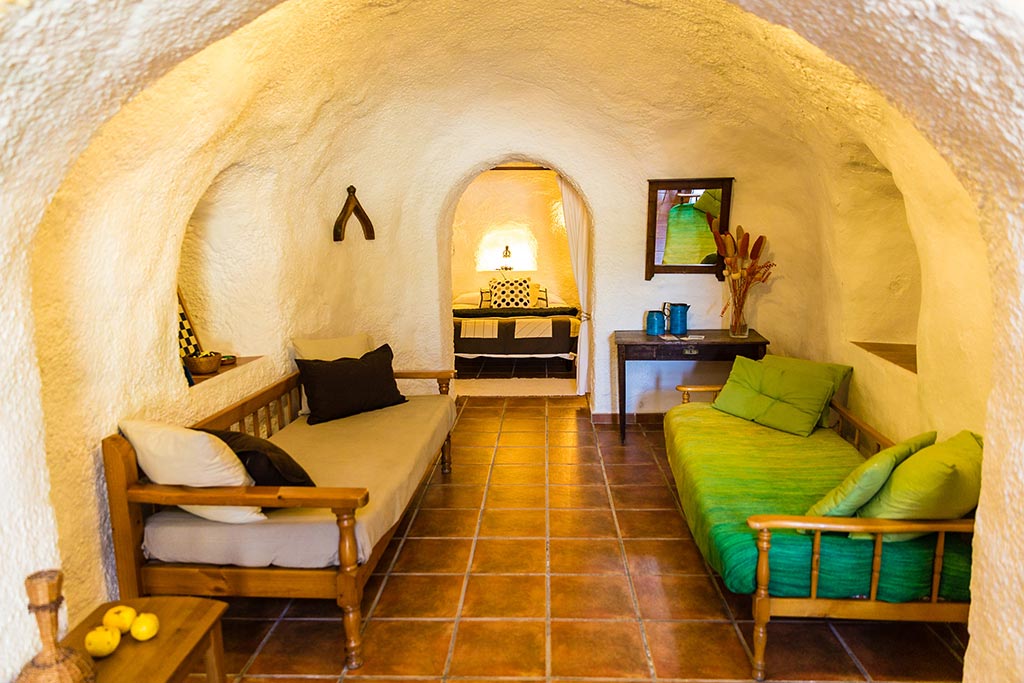
2. Granada Geopark
The northern region of the province of Granada is home to one of the Iberian Peninsula’s most unique landscapes: a semi-desert featuring a succession of tens of thousands of gullies and badlands surrounded by mountains and the peaks of the Sierra Nevada. This is a vast geological and natural territory that is the petrified testimony to the evolutionary history of a river and an inland sea that existed between approximately 5.3 million years and 450,000 years ago, and to volcanoes, ancient oceanic plate boundaries, folds and faults. Here you can find the most extensive collection of paleontological sites of continental vertebrates from the European Quaternary: saber-toothed tigers, hyenas, hippopotamuses…
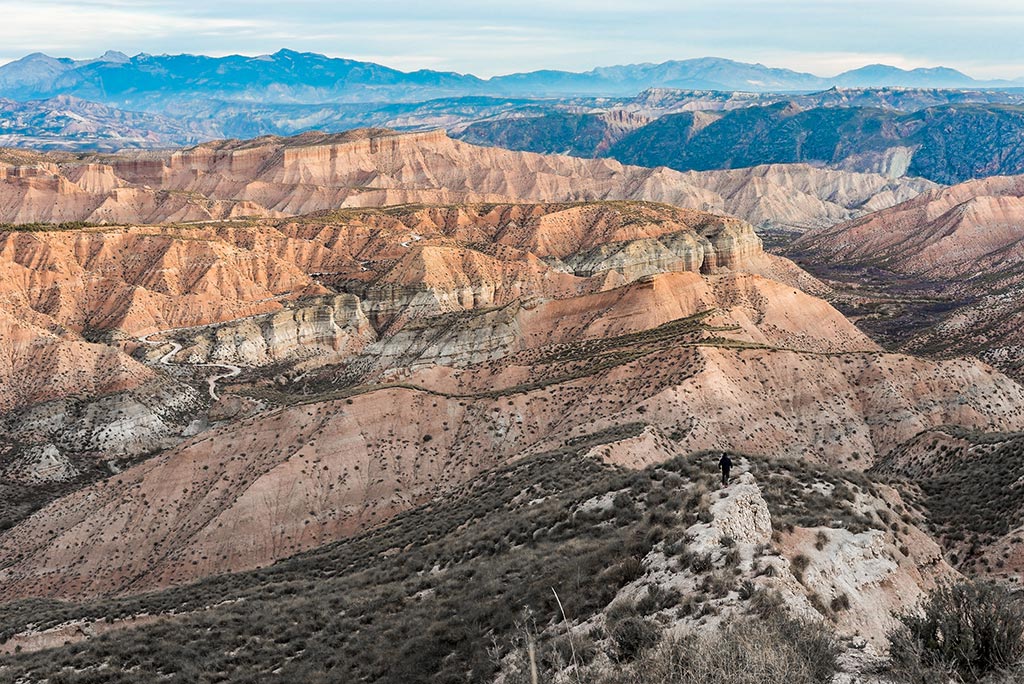
3. Ski in the Sierra Nevada
The Sierra Nevada ski resort is one of the most modern and best equipped in Europe. There are 124 slopes with different degrees of difficulty, amounting to a total length of 107 kilometers and a height difference of 1,200 meters. In addition to good weather with many sunny days, Granada’s ski resort offers you the possibility of skiing at night on an illuminated slope, as well as its famous nightlife and the proximity of the city of Granada, only half an hour away by car. And if you want to learn how to ski down the mountains or perfect your technique, here you have it easy, with about fifteen ski schools and some fifty teachers.
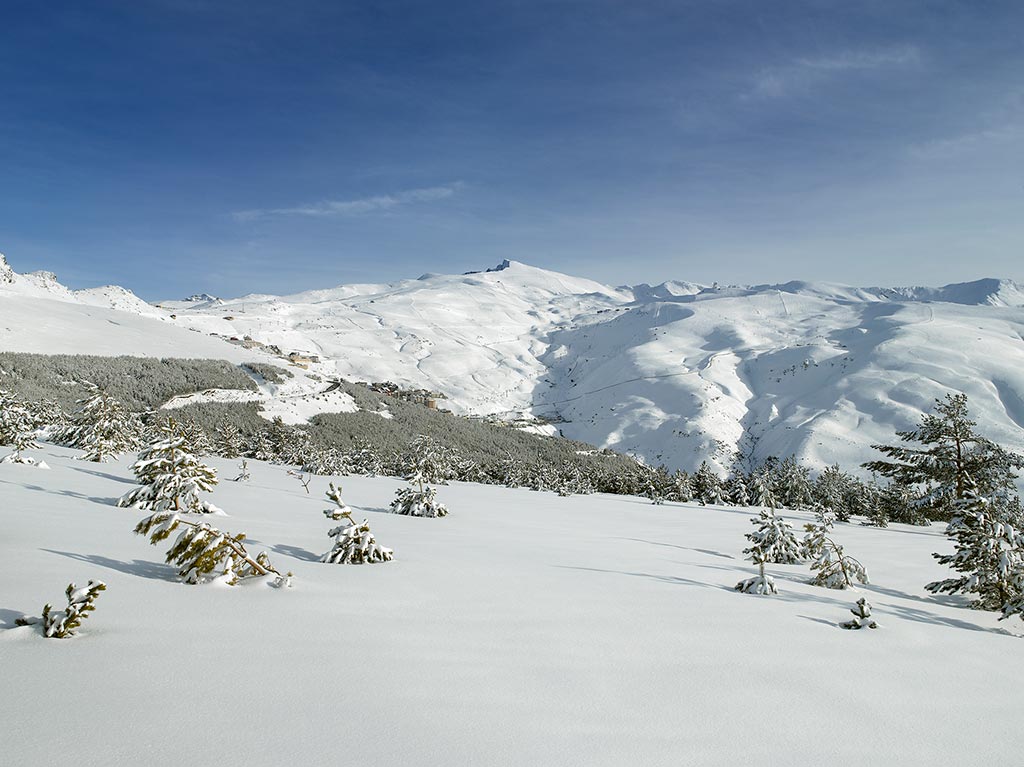
4. Spas and Arab baths
The five existing spas in the province of Granada (Alhama de Granada, Alicún, Graena, Lanjarón and Zújar) are heirs to Roman or Muslim facilities and are a refreshing summer option where you can forget your busy life and the stress of work. These establishments have refurbished their facilities and created attractive programs for all audiences. The offer is completed with various modern Arab baths and hammams that have opened in the city of Granada, with decor inspired by that of the Alhambra.
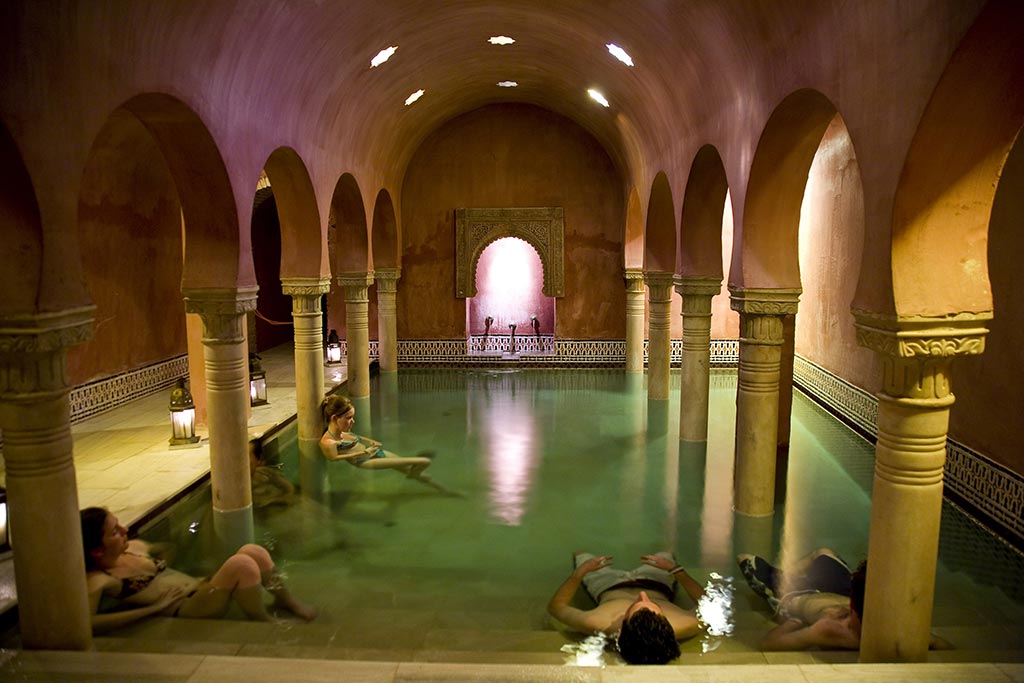
5. Universo Federico García Lorca
The poet and playwright Federico García Lorca is a symbol of Granada and one of the most renowned Spanish writers. There are three museums where you can get to know the author and his work: the Museo-Casa Natal (Birthplace Museum) in Fuente Vaqueros, the Casa Museo (House Museum) in Valderrubio, where he spent his youth, and the Huerta de San Vicente museum, in the poet’s summer house in Granada. The recently opened Centro Lorca, in the capital, also hosts many activities around the figure of Federico.
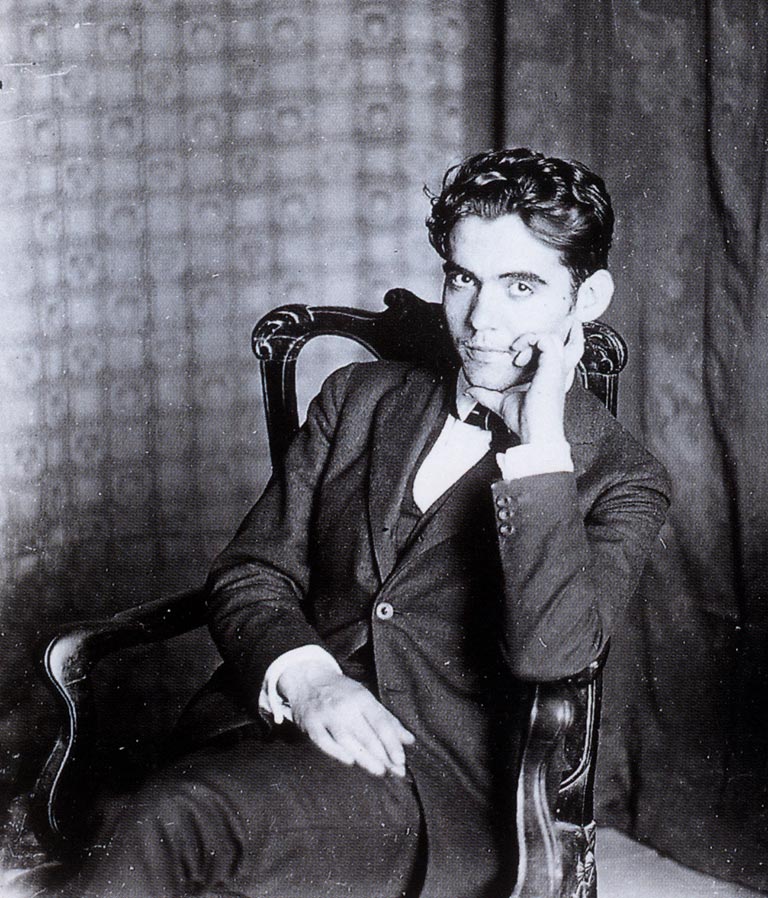
6. The beaches of the Costa Tropical
Dozens of beaches and small coves. 320 days of sunshine a year. And an average annual temperature of 20 degrees. These are the credentials of the Costa Tropical, the province of Granada’s 73 kilometers of coastline. Nineteen municipalities make up the ‘Tropics of Europe’, a coast with an extraordinary character that, in addition to its climate and beaches, is outstanding for its cliffs, its history and monuments, the landscapes of the interior and a mouth-watering gastronomy. Almuñécar, Motril and Salobreña are the three most touristic municipalities.
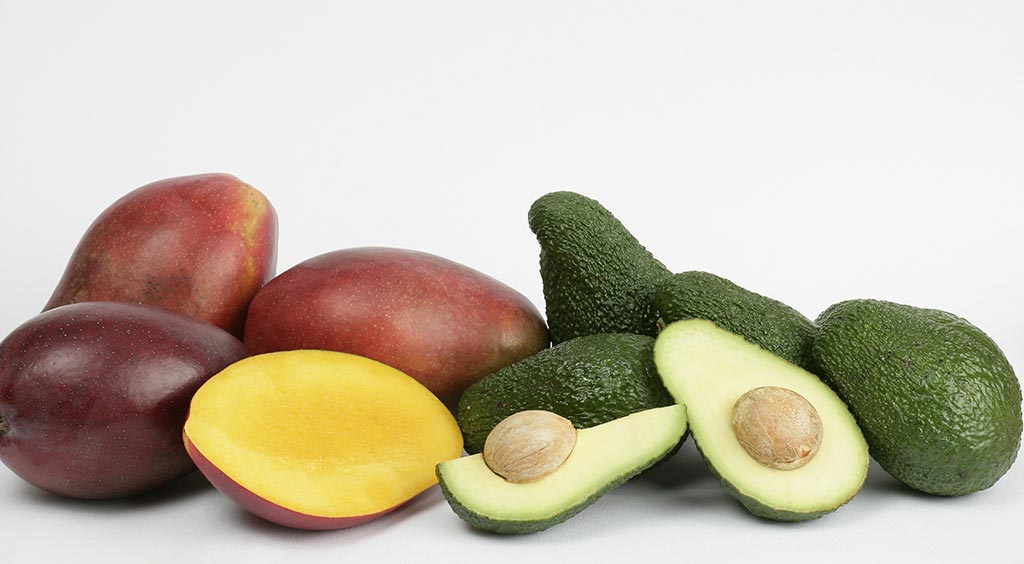
7. La Alpujarra, the country of nowhere
Dozens of small white villages with steep narrow streets make up this privileged region that spreads across the southern slopes of the Sierra Nevada. Isolated for centuries, the Alpujarra offers you almost virgin lands to explore, ancestral traditions and a unique architecture that can be seen especially in the villages of the Barranco de Poqueira (Pampaneira, Bubión and Capileira). Once there, it is worth going up to Trevélez, one of the highest villages in Spain, to sample its famous ham.
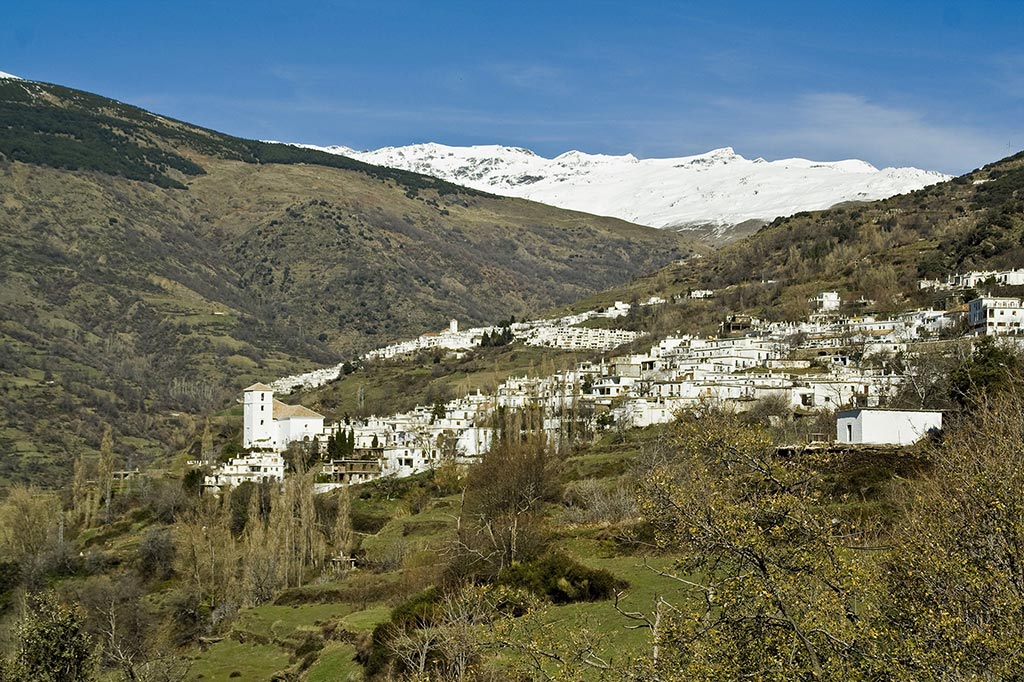
8. Montefrío, one of the most beautiful villages in the world
That’s how National Geographic described it in 2015. The visual power of Montefrío’s landscape and architecture will lead to love at first sight. The first thing that will impress you is the imposing monumental complex formed by the Arab fortress and the Iglesia de la Villa, perched at the top of a rocky outcrop in a bold architectural display. At its base are the Casa de Oficios and the Iglesia de la Encarnación, with its curious circular floor plan inspired by Agrippa’s Pantheon in Rome. Montefrío is located in the Poniente region, where Alhama de Granada, with its spectacular Tajos, and Loja, with the Los Infiernos waterfall, are also highlights.
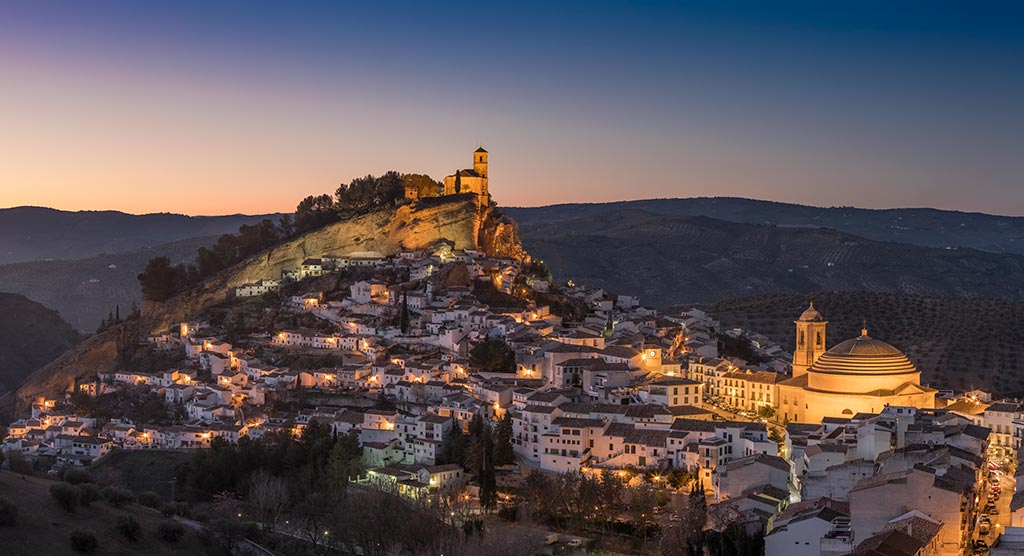
9. Flamenco in Sacromonte
Granada is one of the hotspots for flamenco in Spain, and Sacromonte is one of its cradles. This gypsy neighborhood is the epicenter of flamenco’s “jondura” and “duende” and the origin of the zambra, a flamenco party with singing and dancing that dates back to the 16th century, specifically to the wedding rituals of the city’s Morisco population. In the “tablaos” of the Sacromonte caves and in the nearby Albaicín district you can enjoy magnificent flamenco shows every night.
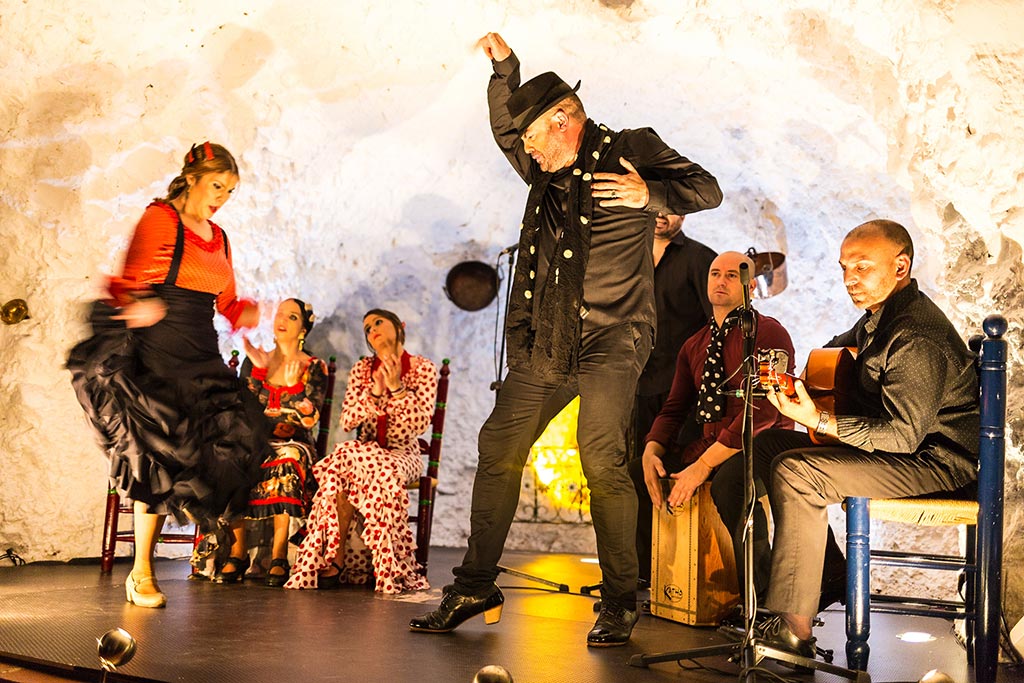
10. Things to do with children in Granada
The Parque de las Ciencias is the most visited museum in Andalusia and a benchmark for science communication in Europe. Perfect for children and adults, its motto is “No touching prohibited”. It consists of a wide range of permanent and temporary exhibitions, including a Butterfly House, Planetarium and Observation Tower, from which the whole city of Granada can be seen. The starring space is the Biodome, which recreates the climate and habitats of the Earth’s tropics and is home to more than 250 species of animals and plants: sharks, corals, jellyfish, crocodiles, otters, lemurs, toucans, sloths…
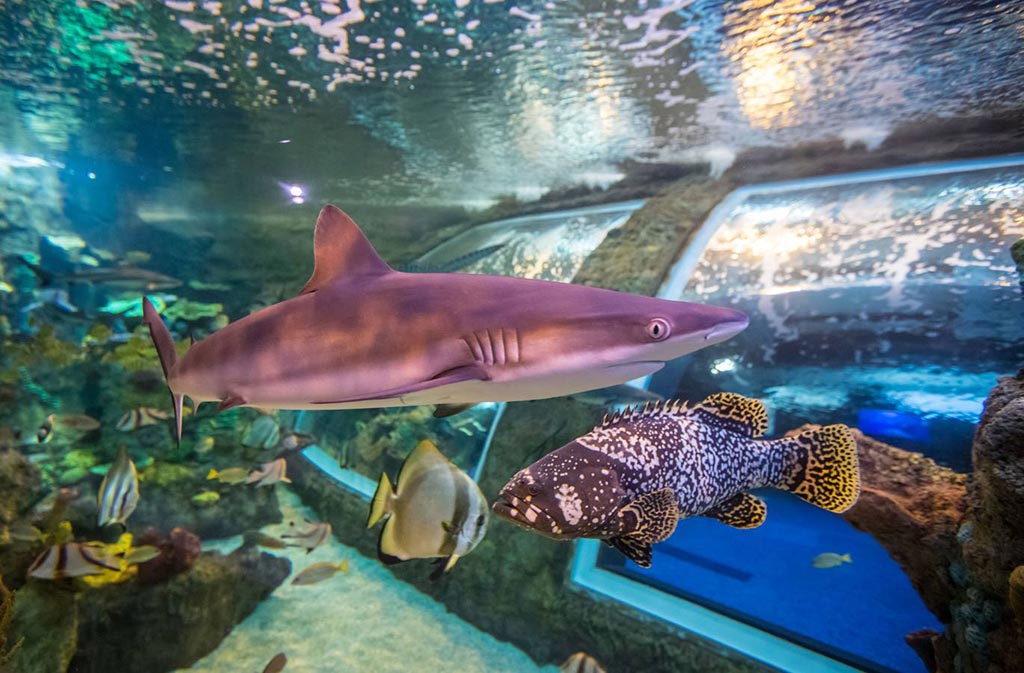
ORGANIZERS









OFFICIAL CARRIERS


COLLABORATING MEDIA






MEDIA PARTNERS







